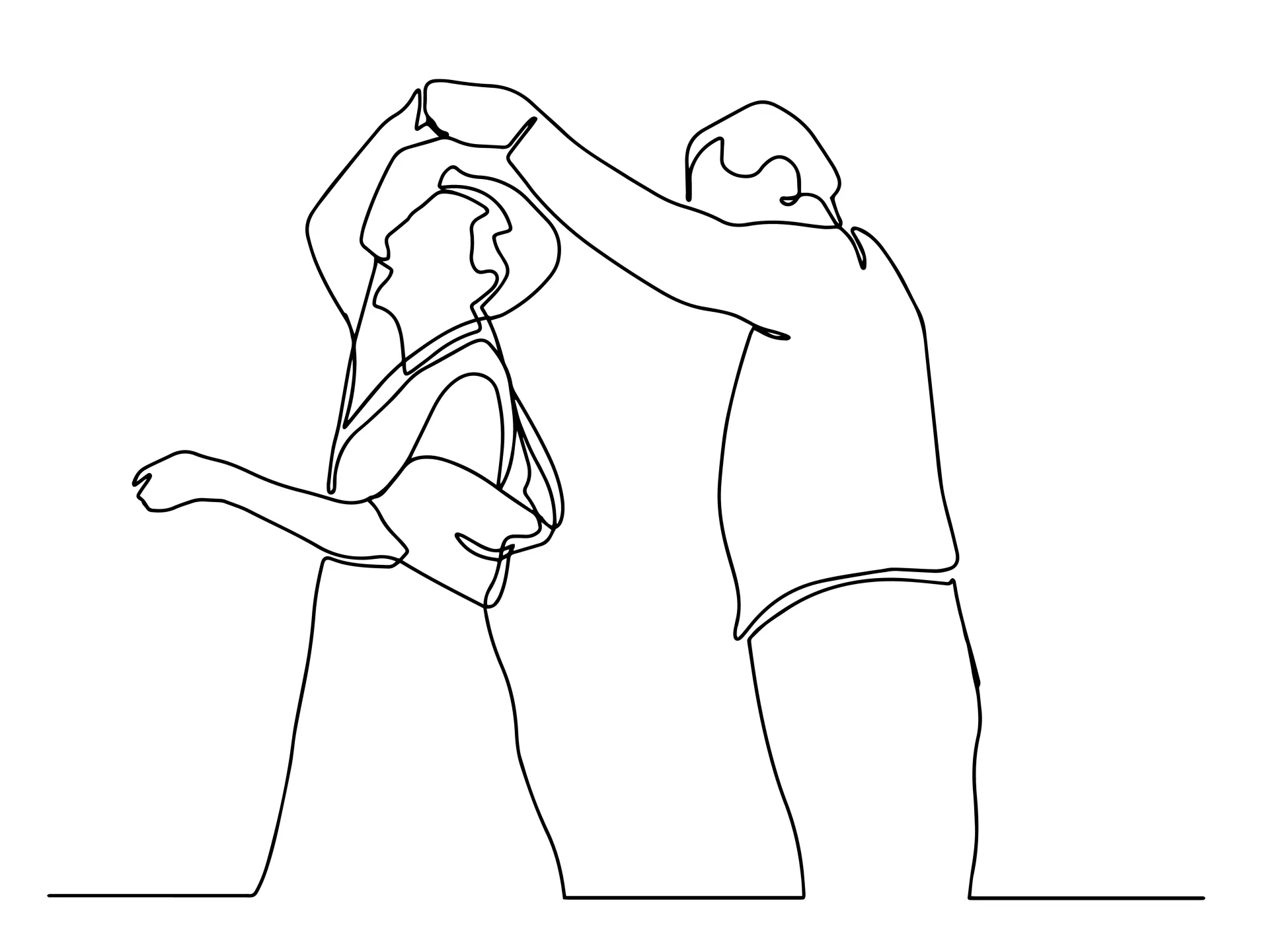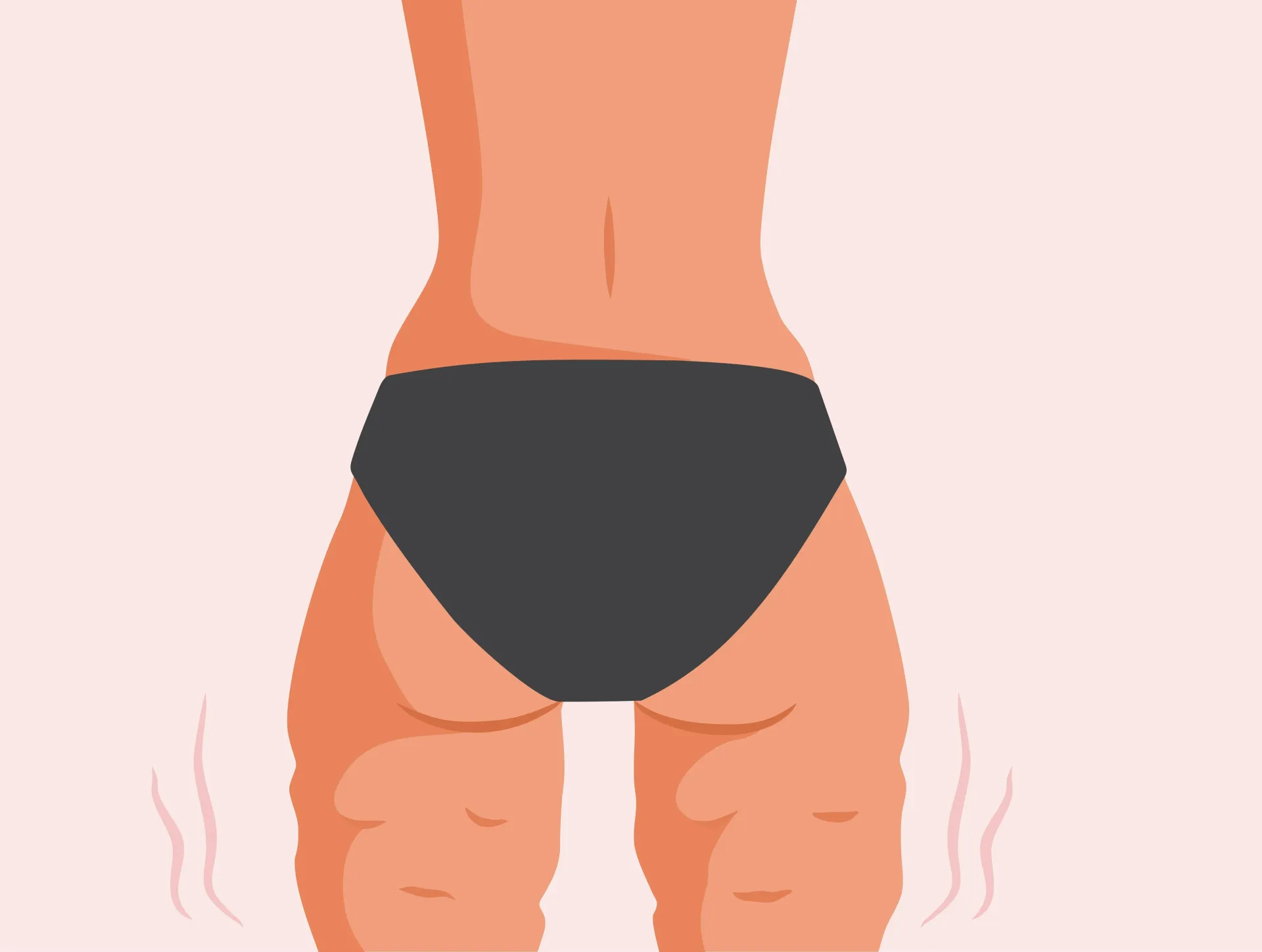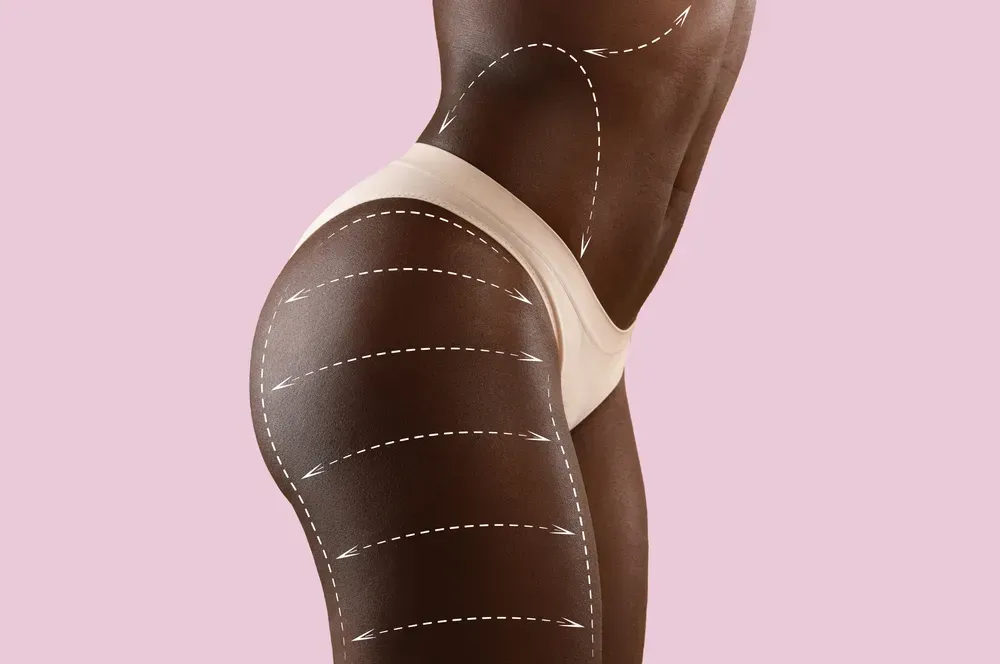EmTone: The Ultimate Cellulite and Skin Tightening Treatment
EmTone is a promising treatment option for one of the most persistent cosmetic concerns: cellulite. It uses an advanced dual-action technology that combines powerful energies to address the root causes of cellulite, creating a synergistic effect that goes beyond surface-level improvements.
By targeting multiple factors, including skin laxity, enlarged fat chambers, poor blood flow, and metabolic waste retention, EmTone offers a holistic solution to achieve smoother, firmer skin. For patients seeking a more contoured silhouette and improved skin elasticity, EmTone is quickly becoming the go-to solution thanks to its non-invasive procedure and impressive results.
This article shines more light on exactly how EmTone works to reduce cellulite and improve the skin’s tightness — breaking down fibrous bands, stimulating collagen production, and ultimately, reducing the dimpled appearance associated with cellulite.
Glossary
| How EmTone Works |
| The Science Behind EmTone |
| The Treatment Experience |
| Results and Benefits |
| Customizing EmTone Treatments |
Space
How EmTone Works
EmTone is a cutting-edge, dual-action technology designed to address cellulite and skin laxity. It works by simultaneously employing two distinct types of energy: radiofrequency and targeted pressure energy.
The radiofrequency component delivers thermal energy deep into the underlying tissues of the skin. This heat stimulates collagen production, which helps to break down stubborn fat cells. At the same time, EmTone’s targeted pressure energy, which uses acoustic waves, provides intense mechanical vibrations to the treatment area.
What makes EmTone unique is the simultaneous emission of these thermal and mechanical energies. This combination creates a synergistic effect on both the skin tissue and its underlying structures — the thermal energy works to tighten and firm the skin, while the mechanical energy helps to break up the fibrous bands that contribute to cellulite's dimpled appearance.
The Science Behind EmTone
EmTone is rooted in its ability to address the major contributing factors to cellulite and skin laxity. It’s an innovative treatment that targets four key issues: skin laxity, enlarged fat chambers, poor blood flow, and metabolic waste retention.
In addition to targeting fibrous bands and connective tissue with its dual-action technology, the combination of thermal and mechanical energies also stimulates
fibroblasts (the cells responsible for producing collagen and elastin). As a result, new collagen fibers are formed and existing ones are strengthened, leading to improved skin elasticity and thickness.
The thermal and mechanical energies also work together to enhance circulation and lymphatic drainage. This improved blood flow helps to flush out toxins and deliver essential nutrients to the treated areas. The result is a reduction in fluid retention and an overall improvement in tissue health.
The heat from radiofrequency energy can cause fat cells to release their contents, which are then metabolized by the body. This process, combined with the mechanical stress from targeted pressure energy, can lead to a reduction in the size of fat chambers, contributing to a smoother, more contoured appearance.
The cumulative effect of these scientific processes translates into visible body changes. Patients typically experience a reduction in the appearance of cellulite, improved firmness, and a more toned, contoured silhouette.
The Treatment Experience
Patients can expect a comfortable and non-invasive experience with EmTone, with many describing the sensation as similar to a deep tissue massage or a hot stone treatment.
The procedure begins with the practitioner applying a coupling gel to the treatment area to ensure optimal energy transmission. The EmTone device, which resembles a handheld wand, is then moved over the targeted areas. As the treatment progresses, patients will feel a warming sensation from the radiofrequency energy and intense vibrations from the targeted pressure energy.
EmTone can be used to target various areas of the body where cellulite is a common concern:
1. Thighs (both inner and outer)
2. Buttocks
3. Abdomen
4. Upper arms
5. Knees
6. Hips and love handles
A treatment session typically lasts 20 to 30 minutes per area. However, the exact duration can vary depending on the size of the area being treated, and the specific concerns being addressed. For instance, treating both thighs might take about 40 minutes, while a focused treatment on a smaller area like the upper arms could be completed in less time.
Results and Benefits
One of the primary benefits of EmTone is its effectiveness in cellulite reduction. The dual-action technology works to break down the fibrous bands that cause cellulite's dimpled appearance, resulting in smoother, more even skin.
EmTone also contributes to overall skin appearance. The treatment stimulates collagen production, which leads to firmer, more youthful-looking skin. This increase in collagen, combined with the tightening effects of the radiofrequency energy, has the benefit of improving skin elasticity and tightness.
The mechanical energy component of EmTone also plays a crucial role in enhancing skin texture. By improving circulation and lymphatic drainage, the treatment helps to reduce fluid retention and promote a smoother, more refined skin surface. This can lead to a more even and polished appearance in the treated areas.
Another major advantage of EmTone, similarly to
EmSculpt, is its non-invasive treatment protocol. Unlike surgical procedures, EmTone doesn't require any incisions, injections, or anesthesia. This significantly reduces the risks associated with the treatment and eliminates the need for a recovery period.
Patients can resume normal activities immediately after each session. There's no downtime required, meaning individuals can fit treatments into their busy schedules without disrupting their daily routines — whether it's returning to work, hitting the gym, or attending social engagements, patients can go right after their EmTone session.
Customizing EmTone Treatments
EmTone treatments can be highly customized to each individual patient. The customization process starts by evaluating the patient's skin elasticity and thickness, as patients with relatively good skin elasticity may require fewer sessions or lower energy settings, while those with more significant skin laxity would benefit from a more intensive treatment plan.
The practitioner will also assess the severity and distribution of cellulite, as well as any areas of the body that are causing particular concern to the patient. This allows for a targeted approach, focusing more attention on problem areas while still addressing overall skin health.
EmTone's versatility allows for treatment of multiple areas in a single session. This means that a customized treatment plan can address various concerns at the same time, such as targeting cellulite on the thighs while also improving skin laxity on the abdomen.

A Final Word from Kind Health Group
EmTone is an exciting treatment option for those seeking an effective solution for body contouring and skin rejuvenation. It offers a comprehensive treatment for cellulite and skin laxity, addressing multiple factors that contribute to these common aesthetic concerns.
If you’d like to learn more about the benefits of EmTone, reach out to
Kind Health today. We can discuss your personal body contouring goals and create a comprehensive plan of action to help you achieve them.

Meet the Author
You might also enjoy:











